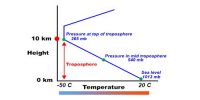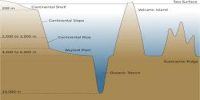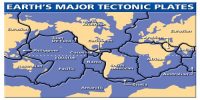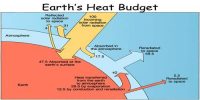Landforms are naturally occurring formations or areas of land. Land formations can be as varied as mountains, canyons or plains. Several related landforms together make up landscapes, (large tracts of earth’s surface). Each landform has its own physical shape, size, materials and is a result of the action of certain geomorphic processes and agent(s). Actions of most of the geomorphic processes and agents are slow, and hence the results take a long time to take shape.
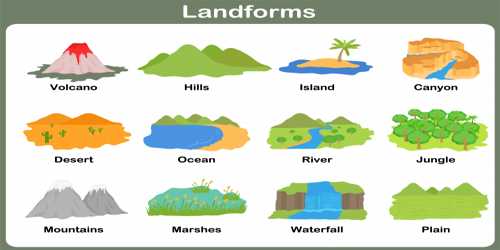
Every landform has a beginning. Landforms once formed may change their shape, size, and nature slowly or fast due to continued action of geomorphic processes and agents. They are often shaped by the elements around them, especially water. Coasts are areas of land that come in direct contact with oceans. They can be rocky and full of dangerous cliffs or have beautiful white sand beaches. Due to changes in climatic conditions and vertical or horizontal movements of land-masses, either the intensity of processes or the processes themselves might change leading to new modifications in the landforms. Evolution here implies stages of transformation of either a part of the earth’s surface from one landform into another or transformation of individual landforms after they are once formed. That means, each and every landform has a history of development and changes through time. A landmass passes through stages of development somewhat comparable to the stages of life — youth, mature and old age.

